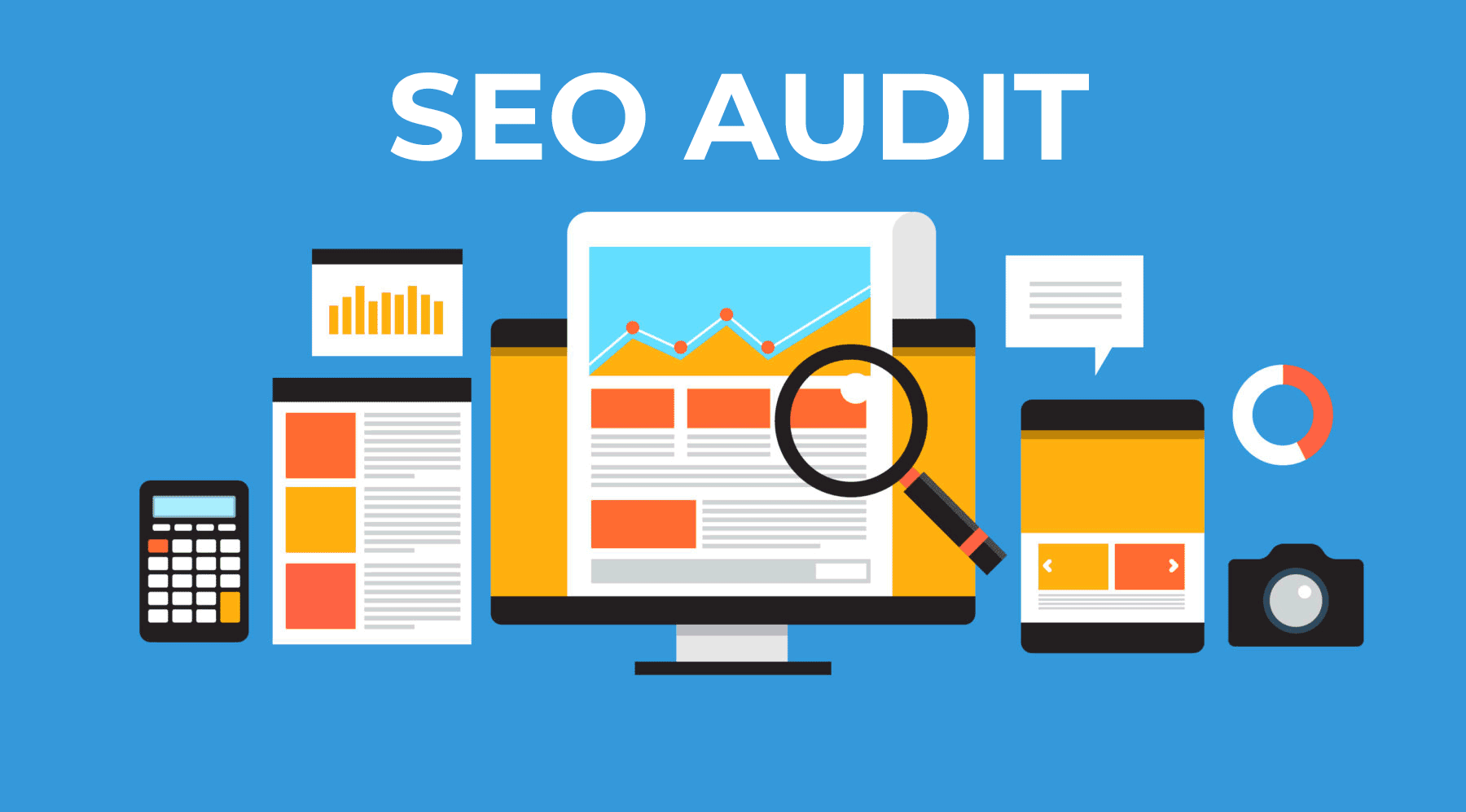As a web owner or SEO professional, you know how well-optimized website that is easily crawled, indexed and ranked by search engines is important. Technical SEO audit is a must-do procedure that allows you to spot and correct any problematic elements which are holding your site back in the search engines.
Within this complete guide, we will do a walkthrough on how to conduct a technical SEO audit and make sure your website is in the peak of its form.
Why Is It Crucial to Carry Out a Technical SEO Audit?
Before we dive into the nitty-gritty of the audit process, let’s understand why you should prioritize a technical SEO audit
- Improve Crawlability and Indexability
The search engines will be able to crawl and index your webpages if you are doing it right. As a result, the webpage ranking will improve.
A technical audit can help in determining and fixing any crawling or indexing issues that cause search engines to miss reading or understanding your website’s content.
- Enhance Site Architecture
A good structure of site architecture makes the search engines and users to interact with your website easily. In the course of the audit you will review and enhance your site`s structure and hierarchy, navigation, and URL structure.
- Identify and Fix Technical Issues
The technical audit covers issues such as dead links, duplicated content, slow loading times, and non-responsiveness to mobile devices that may be affecting your website’s performance and user experience.
- Stay Ahead of Search Engine Updates
Search engines, like Google, constantly release new algorithms and guidelines. Through a periodic technical audit your site is guaranteed to be in line with the changes that are happening, so it does not experience ranking drops.
Now, let’s jump into the six-step deep technical SEO audit process.
Read More- Optimizing Your SEO in 2024: Analyzing Your Website Before Diving In
Step 1: Gather the Necessary Tools
To perform an effective technical SEO audit, you’ll need two main tools
- Google Search Console
This free tool from Google gives you the coveted data concerning the site’s performance in search results, for example crawl errors, indexing issues, and mobile usability.
- A Crawl-based Tool
Tools such as Site Audit by Semrush are available and can be used to crawl your site and produce detailed reports on technical issues, site architecture, and so on.
Step 2: Analyze Crawlability/Indexability
Technical audit begins with elimination of any crawl and indexation problems for search engines to find and index your web pages.
Start by reviewing the following
- Robots.txt File
The file tells the web crawlers which pages they should or shouldn’t index. So, make sure you are not excluding any pages you want to be indexed with the robots.txt file.
- XML Sitemap
An XML sitemap is meant to show all pages that you wish search engines to index. Revise your sitemap, which should consist of all the necessary pages and should exclude any extra or gated content.
Step 3: Assess Site Architecture
Having a good-structured site structure is very important both for search engines and users. During this step, you’ll assess the following
- Site Hierarchy
Your site should have a simple structure with no more than three clicks required to reach any page from the homepage.
- Navigation
Make sure that your site’s navigation is clear, logical, and reflects the order of your pages, which is important.
- URL Structure
You should make your URLs of the same consistent pattern, user-friendly and match your site’s architecture.
Step 4: Resolve Internal Linking Errors
The internal links are very important in terms of distributing the link equity (authority) among the site pages and in creating the search engines’ understanding of the more prominent pages.
Here’s what you should focus on
- Broken Internal Links
Scrutinize and remedy all internal links leading to dead pages.
- Orphaned Pages
Make sure each page of your website has at least one internal link to it pointing to it.
- Internal Link Distribution
Analyze the distribution of internal links and optimize pages that need additional link equity.
Step 5: Define and Eliminate the Duplicate Contents
Duplicate content is likely to effect indexing and dilute your pages’ authority. During the audit, you’ll need to address the following
- Multiple Versions of URLs
Make sure all your pages are redirected to the same version through sitewide 301 redirect by using www or non-www, HTTP or HTTPS.
- URL Parameters
Apply canonical tags to lead search engines to the principal versions of the web pages with slight differences (colors or size of the product).
Step 6: Maximize Website Efficiency
Site speed is one of the critical ranking factor and site that loads slowly can be a negative factor for the user experience.
With the help of tools like Google’s PageSpeed Insights and Semrush’s Site Audit, evaluate your sites performance.
Focus on the following,
- Core Web Vitals
Build in metrics like Largest Contentful Paint (LCP), First Input Delay (FID), and Cumulative Layout Shift (CLS) as a priority.
- Performance Opportunities
Put into effect recommendations from PageSpeed Insights to boost performance, which include optimizing pictures, minifying code and HTTP caching.
Step 7: Ensure Mobile-Friendliness
As mobile devices account for the greatest portion of internet traffic, it is necessary to make sure that your website is designed for mobile users. Here’s what you should check,
- Mobile Usability
Utilize the “Mobile Usability” report provided by Google Search Console, which will highlight and fix the problems that may be preventing your pages from displaying well on mobile devices.
- Viewport Tag
The responsive design of your site should be ensured by a correctly set viewport tag in the meta section.
- Accelerated Mobile Pages (AMP)
If your website involves the AMP pages, be sure to audit them regularly with respect to any AMP issues.
Step 8: Examine Code and Markup
Search engines rely on your website’s code and markup to understand and properly index your content. During the audit, review the following,
- Meta Tags
Ensure your title tags and meta descriptions are optimized and consistent across all pages.
- Canonical Tags
Implement canonical tags to point search engines to the main version of pages with duplicate or similar content.
- Hreflang Attributes
If your site targets multiple languages or regions, use hreflang attributes to help search engines serve the correct page version based on user preferences.
- JavaScript
Identify and fix any broken JavaScript files that may be preventing search engines from rendering your pages correctly.
- Structured Data
Implement and validate structured data (Schema.org) to enhance your chances of capturing rich results in search.
Step 9: Inspect HTTPS and Security
Having a secure website (HTTPS) is not only a ranking factor but also essential for building user trust.
During the audit, check for the following,
- HTTPS Implementation
Ensure your site is properly using HTTPS and doesn’t have any mixed content (HTTP resources on HTTPS pages).
- SSL/TLS Protocols
Verify that your site is using the latest and most secure SSL/TLS protocols.
- Certificate Expiration
Keep an eye on your SSL certificate’s expiration date and renew it before it expires.
Step 10: Analyze Server Logs
Server log files record information about every user and bot that visits your site, providing valuable insights into how search engines crawl your website. Perform a log file analysis to:
- Identify errors preventing full crawling of your site
- Understand which pages are crawled the most (or least)
- Assess if your crawl budget is being spent efficiently
- Uncover structural issues affecting page accessibility
Read More- Why Your Website Appears Unreliable – And How It’s Affecting Your Business




